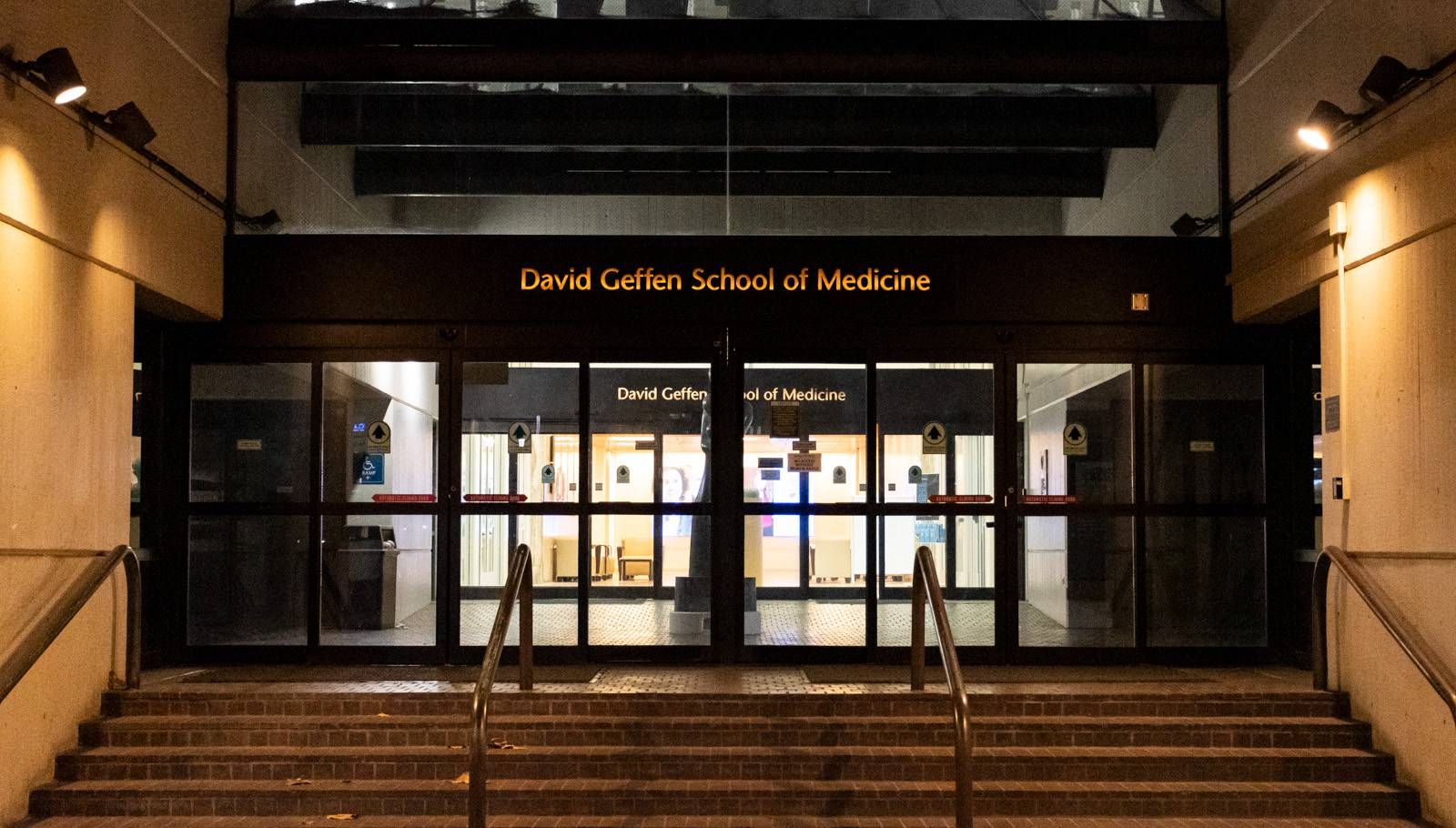Mitochondria may function more like Tesla batteries than previously thought

A team of researchers led by Orian Shirihai, a professor at the David Geffen School of Medicine at UCLA, found that the energy generators within mitochondria work independently of each other and produce energy like battery arrays found in Teslas. (Daily Bruin file photo)
By Zhichun Li
Nov. 1, 2019 12:50 a.m.
This post was updated Nov. 6 at 4:33 p.m.
UCLA researchers have discovered that mitochondria, colloquially known as “the powerhouses of the cell,” generate power like battery arrays in a Tesla car, refuting the previous understanding of how they operate.
A team of researchers led by Orian Shirihai, a professor at the David Geffen School of Medicine at UCLA, have found that energy generators within mitochondria work independently of each other and produce energy like battery arrays found in electric cars. Previously, research indicated the generators of mitochondria produced energy as one large power cell.
The team used a new imaging technique that enabled researchers to look into mitochondria within living cells for the first time.
Mitochondria are components within living cells responsible for generating life-sustaining energy. They convert the energy within nutrients into adenosine triphosphate, or ATP, a molecule storing energy the cell can use.
Scientists used to think the cristae – folded structures attached to the inner mitochondrial membrane – were additional locations for energy production to take place.
However, the discovery suggests that each crista is a center for ATP conversion. In other words, a mitochondrion is like an electrical car engine and each crista serves as a component of the battery array.
Previously, it was thought that the voltage across the inner mitochondrial membrane remained constant, which suggests that the entire IMM works as a single unit to generate energy.
However, the study, which was published in the European Molecular Biology Organization Journal on Oct. 14, found that not only does the voltage across the IMM vary, but also each crista has its own voltage, which is usually higher than the membranes connecting them.
According to the study, cristae are electrically isolated from the rest of the inner membrane by a protein. This compartmentalization allows each crista to function independently to generate energy, like batteries found in a Tesla.
Since each crista can perform an independent task, a single mitochondrion can both absorb necessary nutrients and reduce excessive energy simultaneously, Shirihai said.
Moreover, the structure can isolate any damage received by a single crista. As a result, a damaged crista will not result in the malfunction of a mitochondrion. This ensures continuous processing of nutrients.
“The mitochondria are networked, and dysfunctional mitochondria could affect the others,” said Mayuko Segawa, the study’s co-first author and staff research associate.
Because mitochondria interact with each other, compartmentalization of cristae can also prevent local damage from spreading into the mitochondrial network, Segawa said.
Dane Wolf, a co-first author of the paper and an endocrinology graduate student, said the discovery sheds light on certain metabolism-linked conditions like Barth syndrome, a disease where the mutation of lipids, a major component of the cell membrane, leads to distortion of cristae.
“It will be interesting to look at how the defects correlate to the compartmentalization of cristae,” Wolf said.
The discovery could also provide a new angle of investigation into how diseases such as diabetes and cancer develop, Wolf said. Additionally, aging has been shown to be related to the detachment of cristae from the IMM, he added.
Shirihai said mitochondria change shape when processing nutrients at different efficiencies, which is not yet well understood. This phenomenon, together with the new imaging technique to look into mitochondria of living cells, initiated the new investigation into internal mitochondrial structure.
“We have new tools to look at old stuff and we are allowed to play around with it in our lab,” Wolf said.
The new imaging method, which uses an Airyscan detector, is a microscopy technique that uses a laser to scan samples pixel by pixel, and can produce high-resolution images, Wolf said.
“Its optimal resolution is not as good as an electron microscope, but it allows us to look at mitochondria that are moving very fast,” Segawa said.
To get a high-resolution snapshot of the fast-moving mitochondria, the researchers must use long exposure techniques, which blur the images. However, catching the still image of mitochondria means sacrificing a certain amount of resolution.
It took a lot of fine-tuning to get an image of a crista, which is only around 50 nanometers in length, with a satisfying resolution, Segawa said. For comparison, a human hair is around 75,000 nm in diameter.
The researchers then used lasers to introduce localized damage to mitochondria and, with the imaging tool, observed that the damage spreads much slower than one would expect if the whole mitochondrion acted as a single battery. Segawa then proposed that cristae might be separated from each other.
Since the study contradicts previously accepted knowledge about one of the most important cellular components, the team examined the study to ensure there were no errors before submitting it for review.
“Eventually, we have to accept the possibility that we are correct,” Shirihai said.

